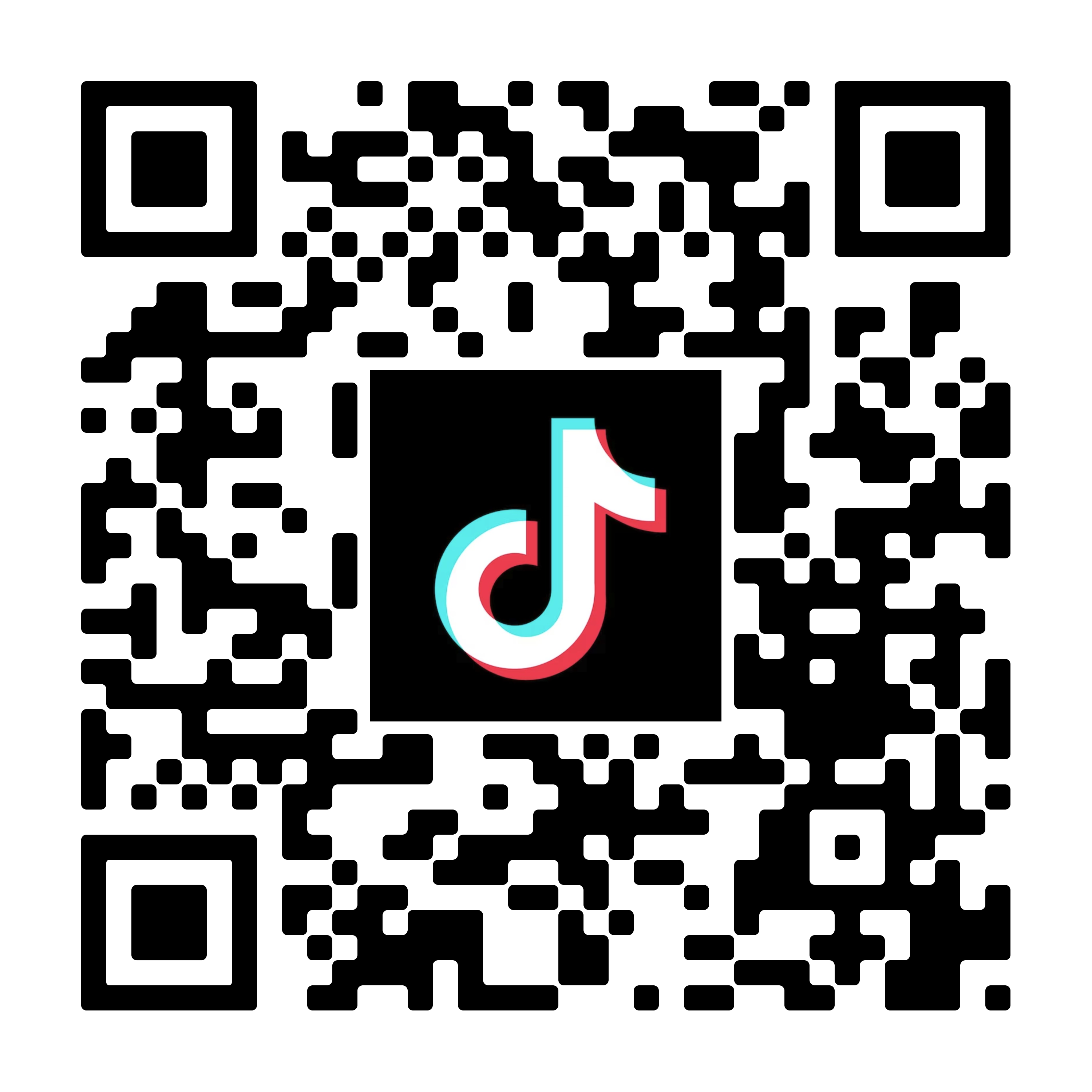Teaching Objectives
Explicitly, the goals of this course are: 1) to provide a survey of subfields in new media research, 2) to expose students to what social science research looks like in these subfields, and 3) to provide a space for students to reflect and personally interact with what new media shapes individuals’ life and society’s landscape.
Teaching requirements
o Disciplinary Background: Students should possess basic computer operation skills and a preliminary understanding of new media.
o Learning Attitude: Students should demonstrate a proactive learning attitude and be willing to participate in classroom discussions and practical activities.
o Participation: Students should actively engage in classroom discussions and group activities to facilitate a deeper understanding and application of knowledge.
o Self-Assessment: Students should be able to self-assess their learning progress and seek help from teachers or peers when necessary.
Teaching contents
1) Introduction: New Media Studies
2) Theories of technology, new media, & society 1
3) Theories of technology, new media, & society 2
4) Virtual community, and utopian perspective
5) Dystopian perspective towards new media
6) Social capital & networked society
7) Citizen Journalism
8) Online dating
9) Online game & eSport
10) Short video, online celebrities,& platformization
11) Mobile life in offline space
12) Social media studies & everyday life
Text Book(s) and Reference Materials
Baym, Nancy. (2010). Personal Connections in the Digital Age. Cambridge, UK: Polity (pp. 1-49).
Feenberg, Andrew. (1999). Questioning Technology. London: Routledge, pp. 1-17.
Orlikowski, Wanda. 1992. “The Duality of Technology: Rethinking the Concept of Technology in Organizations,” Organization Science, 3 (3): 398-412.
Meyrowitz, Joshua. “Medium Theory,” in Communication Theory Today. 50-77.
Granovetter, M. S. (1973). The Strength of Weak Ties. American Journal of Sociology, 78(6), 1360-1380.
Tufecki, Z. (2010). Who Acquired Friends Through Social Media and Why? “Rich Get Richer” versus “Seek and Ye Shall Find.”
Przybylski, A., Murayama, K., DeHaan, C., Gladwell, V. (2013). Motivational, emotional, and behavioral correlates of fear of missing out. Computers in Human Behavior. 29. 1841-1848.
Turkle, Sherry. “Introduction,” in Alone Together. New York: Basic Books, 2011.
Castells, Manuel. “The Impact of the Internet on Society: A Global Perspective,” Change: 19 Key Essays on How Internet is Changing Our Lives. Openmind.
Putnam, R. (1995). Bowling Alone: America’s Declining Social Capital. Journal of Democracy. 6(1): 65-78.
Hampton, K. N. and Wellman, B. (2003). Neighboring in Netville: How the Internet Supports Community and Social Capital in a Wired Suburb. City and Community. 2(4): 277-311.
Steinfield, C., Ellison, N. B, and Lampe, C. (2008). Social Capital, self-esteem, and use of online social network sites: a longitudinal analysis. Journal of Applied Developmental Psychology 29: 434-445.
Humphreys, L. (2005). Cellphones in public: social interactions in a wireless era. New Media & Society, 7(6), 810-833.
Hampton, K. N., Livio, O.. and Goulet, L. S. (2010). The Social Life of Wireless Urban Spaces: Internet Use, Social Networks, and the Public Realm. Journal of Communication, 60(4): 701-722.
Ellison, N., Heino, R., and Gibbs, J. (2006). Managing Impressions Online: Self-Presentation Processes in the Online Dating Environment. Journal of Computer-Mediated Communication. 11: 415-441.
Whitty, Monica T. (2008) “Revealing the ‘real’ me, searching for the ‘actual’ you: Presentations of self on an internet dating site.” Computers in Human Behavior. 24: 1707-1723.
Understanding Citizen Journalism As Civic Participation (2020, Routledge_Taylor & Francis Group)
Hobbs, M., Owen, S., & Gerber, L. (2017). Liquid love? Dating apps, sex, relationships and the digital transformation of intimacy. Journal of sociology, 53(2), 271-284.
Shklovski, I., & de Souza e Silva, A. (2013). An urban encounter: Realizing online connectedness through local urban play. Information, Communication & Society, 16(3), 340-361.
Wang, J., & Yu, X. (2021). Three Currents of Platformization in China. South Atlantic Quarterly, 120, 777-794.
Ferrer-Conill, R. (2018). Playbour and the gamification of work: Empowerment, exploitation and fun as labour dynamics. Technologies of Labour and the Politics of Contradiction, 193-210.
Steinkuehler, C. A. (2014). Cognition and literacy in massively multiplayer online games. In Handbook of research on new literacies (pp. 611-634). Routledge.
Chew, M. M. (2019). A critical cultural history of online games in China, 1995–2015. Games and Culture, 14(3), 195-215.
Li, H. (2020). From disenchantment to reenchantment: Rural microcelebrities, short video, and the spectacle-ization of the rural lifescape on Chinese social media. International Journal of Communication, 14, 19.
Kaye, D. B. V., Chen, X., & Zeng, J. (2021). The co-evolution of two Chinese mobile short video apps: Parallel platformization of Douyin and TikTok. Mobile Media & Communication, 9 (2), 229–253.
Credits: 2






